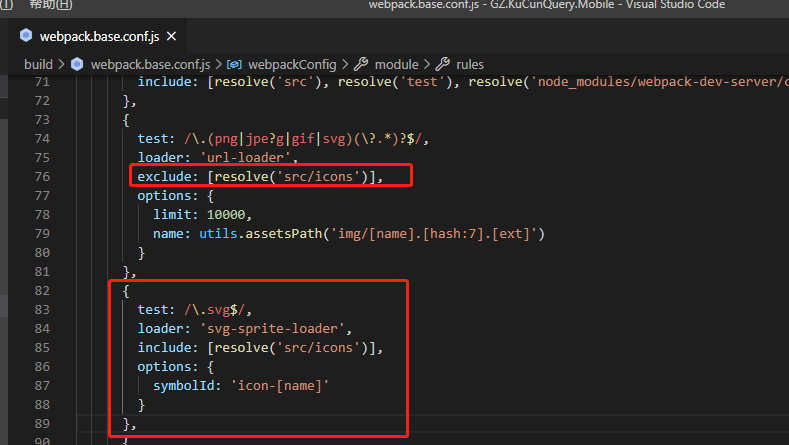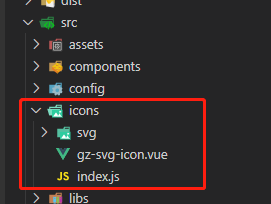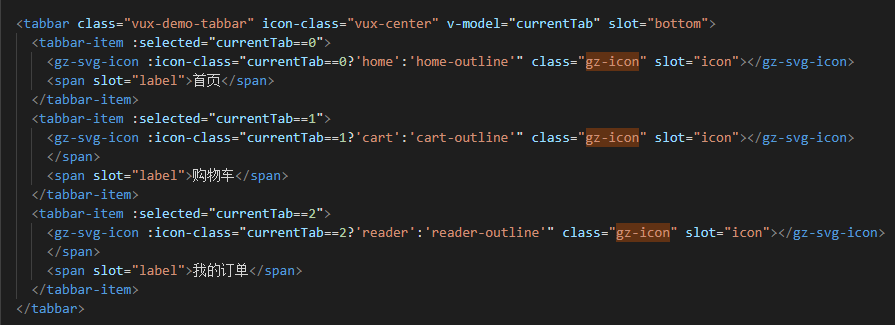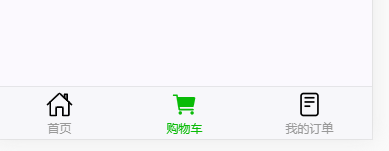VUE使用SVG
1.安装依赖:
npm install svg-sprite-loader --save-dev
2.配置build文件夹中的webpack.base.conf.js,主要在两个地方添加代码,如下图所示
exclude: [resolve('src/icons')],
{ test: /\.svg$/, loader: 'svg-sprite-loader', include: [resolve('src/icons')], options: { symbolId: 'icon-[name]' } },

3.在src/下新建文件夹icons

svg文件夹:存放svg文件
gz-svg-icon.vue:svg显示组件
index.js入口:
gz-svg-icon.vue代码:
<template>
<!-- <div>
<h1>fdsf</h1>
</div> -->
<svg :class="svgClass" aria-hidden="true" v-on="$listeners">
<use :xlink:href="iconName" />
</svg>
</template>
<script>
export default {
name: "gz-svg-icon",
props: {
iconClass: {
type: String,
required: true
},
className: {
type: String,
default: ""
}
},
computed: {
iconName() {
return `#icon-${this.iconClass}`;
},
svgClass() {
if (this.className) {
return "svg-icon " + this.className;
} else {
return "svg-icon";
}
}
}
};
</script>
<style scoped>
.svg-icon {
/* width: 1em;
height: 1em; */
vertical-align: -0.15em;
fill: currentColor;
overflow: hidden;
}
</style>
index.js代码:
import Vue from 'vue' import GzSvgIcon from './gz-svg-icon.vue' // svg组件 // register globally Vue.component('gz-svg-icon', GzSvgIcon) // eslint-disable-next-line const req = require.context('./svg', false, /\.svg$/) const requireAll = requireContext => requireContext.keys().map(requireContext) requireAll(req)
3.在main.js添加引用:
import './icons'
4.使用:



·1
慎于行,敏于思!GGGGGG

